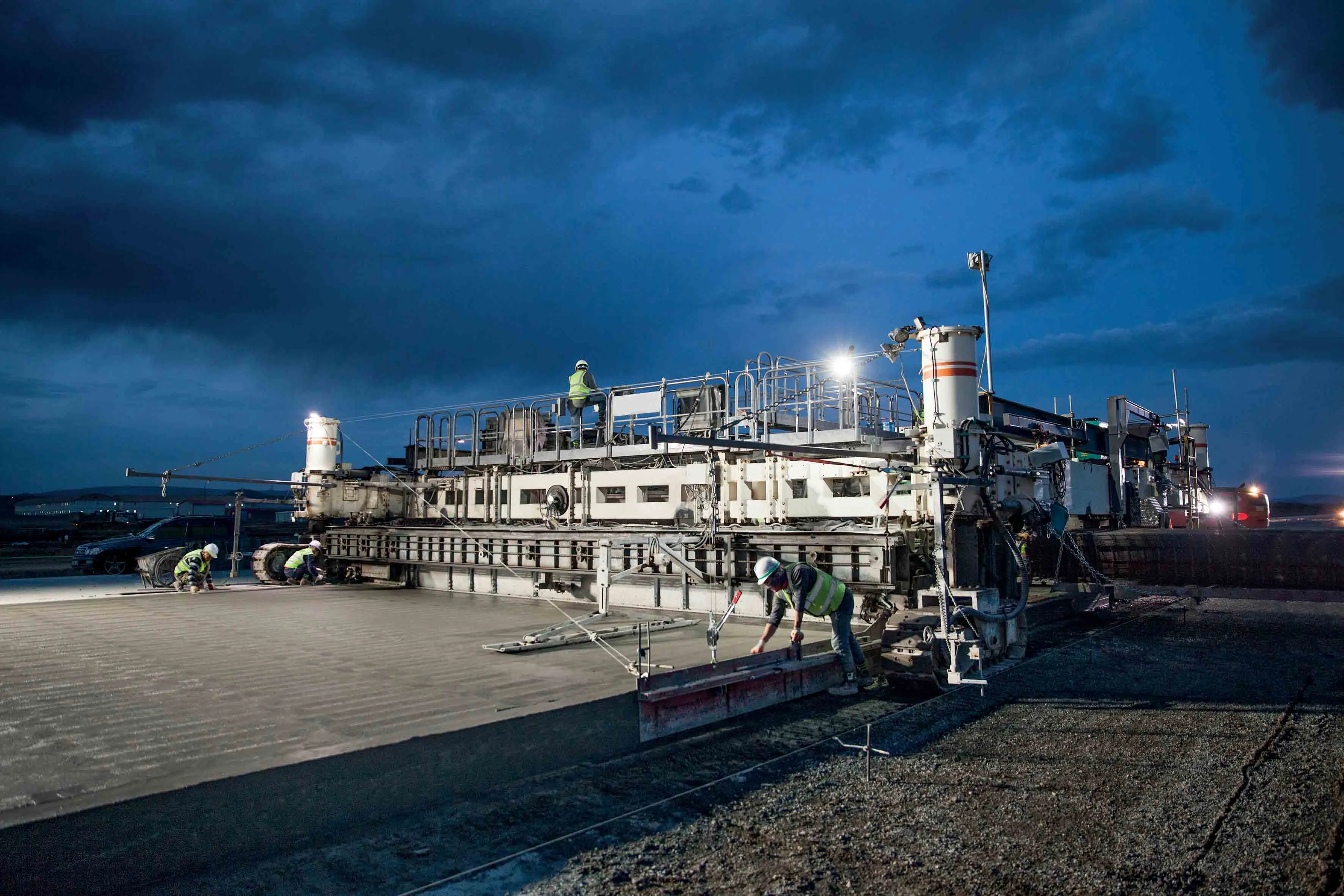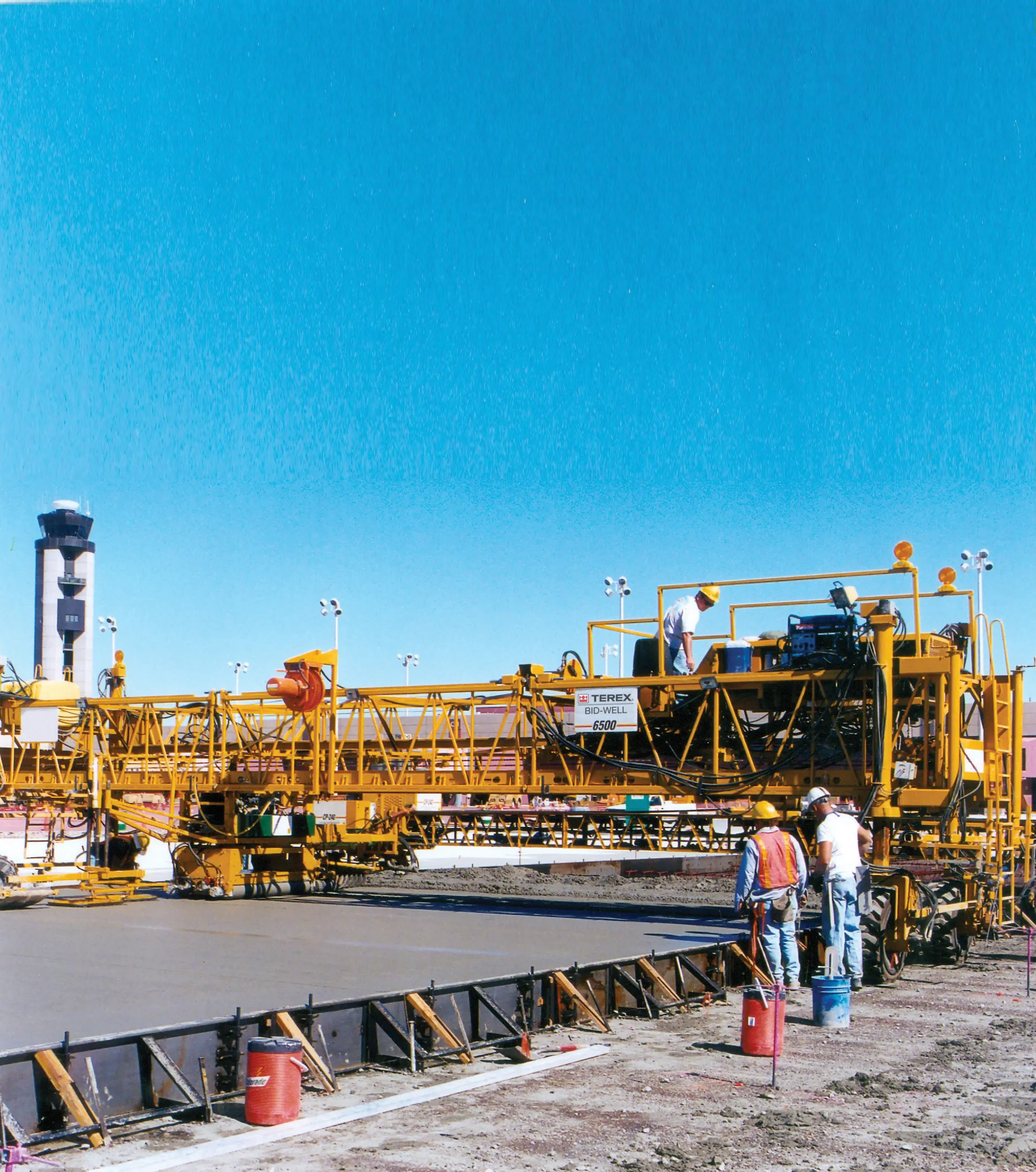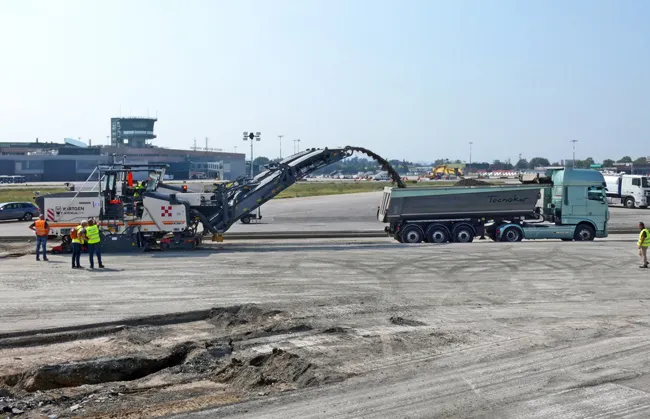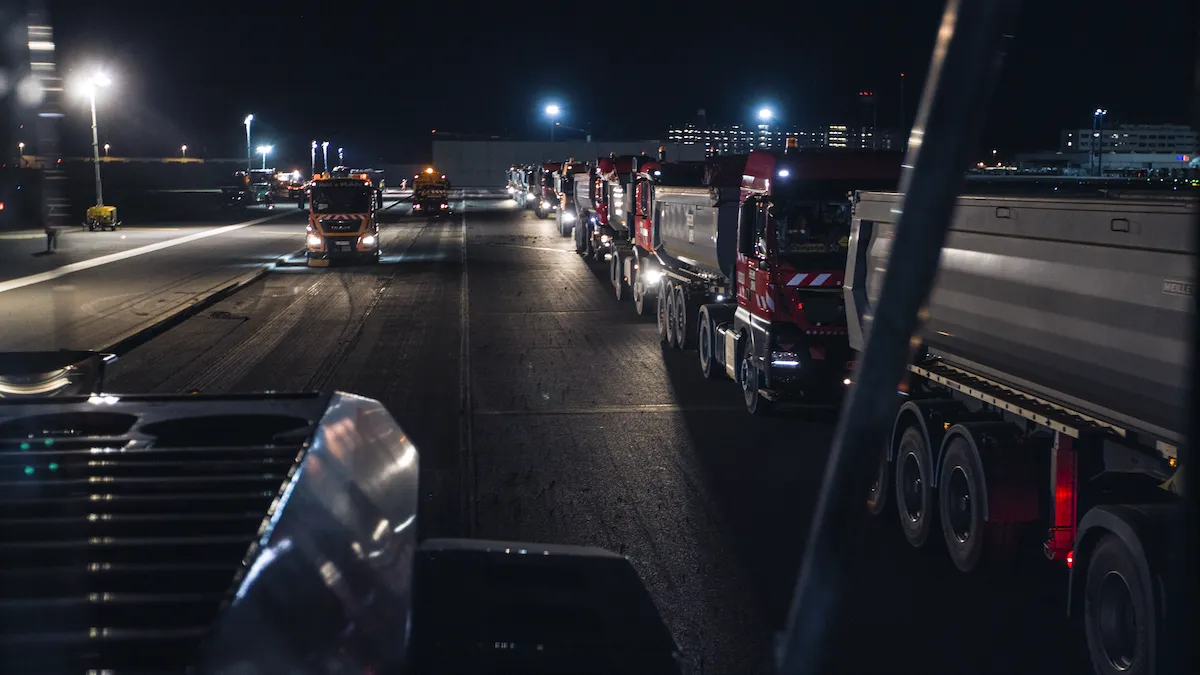Mongolia’s economy is growing fast, with capital Ulaanbaatar the centre for activity. Being landlocked, the country depends heavily on aviation to carry passengers and cargo.
The existing Chinggis Khaan International Airport was built in 1956 and upgraded in 1987 and 1997 for international traffic. But the old airport cannot meet demands and boosting the country’s capacity to handle flights is essential. The New Ulaanbataar International Airport (NUBIA) will triple passenger capacity to approximately 3
August 23, 2016
Read time: 4 mins

Mongolia’s economy is growing fast, with capital Ulaanbaatar the centre for activity. Being landlocked, the country depends heavily on aviation to carry passengers and cargo.
The existing Chinggis Khaan International Airport was built in 1956 and upgraded in 1987 and 1997 for international traffic. But the old airport cannot meet demands and boosting the country’s capacity to handle flights is essential. The New Ulaanbataar International Airport (NUBIA) will triple passenger capacity to approximately 3 million/year and boost cargo handling by a factor of 10. According to project director Enkhbat Navaantseden, “The current airport faces safety, usability and operation difficulties.”
For this reason, the new airport has been located in the Khushigiin Khundii valley, 52km from Ulaanbaatar. NUBIA is built on an elevated plain with no mountains in the immediate air corridor.
The airport is designed with a robust 3.6km runway, which is being built from concrete. This will allow the runway to withstand the harsh weather conditions of the extreme continental climate. This runway will be stronger structurally and will handle large aircraft, while the facility is also benefiting from a sophisticated new 24-hour all-weather air traffic control system.
To finance the airport project, the Government of Mongolia signed a 40-year loan agreement for US$645 million with the Japan Bank for International Cooperation. The Mitsubishi-Chiyoda Joint Venture (MCJV) won the tender process for the contract. In May 2013, the main construction package was signed between MCJV and the Civil Aviation Authority of Mongolia.
The construction work was awarded to the prime subcontractor1026 Samsung C&T, while the specialist concrete paving work is being carried out by South Korean firm Sungdo Construction. The Korean company specialises in slipforming work and concrete paving started onsite in May 2014, using its 2395 Wirtgen SP 1600 and its smaller SP 500.
Dongin Park, Samsung C&T project manager for NUBIA explained, “We have to face the extreme climate with short, hot summers and long, icy winters. This gives us a construction time window of only three to four months during summer time. The wind from the Gobi desert and the intensive sunlight quickly dries out the concrete. That’s why the main paving operation with the SP 1600 had to happen during night shifts.”
For the new airport, the SP 1600 is paving the 45m-wide and 3.6km-long runway in several segments with a paving width of 11.25m and a paving thickness of 380mm on average. For this airport job, the machine was fitted with a second concrete paving kit, allowing it to pave dual-course concrete slabs in a single operation. The first layer paved by the SP 1600 is a 270mm-thick slab, followed immediately by the second 110mm-thick layer. Paving wet-in-wet delivers an effective bond between the top and bottom layers. Wire bar fabric between the two layers provides additional reinforcement, having been specified by Japanese consultant Azusa Sekkei and1426 Oriental Consultants Joint Venture, which developed the airport design. Material compaction is delivered by up to 48 electric vibrators while the required concrete surface is being achieved using the SP 1600’s oscillating beam and super smoother.
“Instead of using four SP 500 pavers, we decided to go just for one SP 1600, as we have had good experiences with this high-performance paving train in the past. Dual-layer paving with one machine speeds up our operation. We are paving concrete with a material cost of around $20 million and using around 135,000m3 of concrete for the runway, taxiways and aprons,” explained commercial manager Seunghwan Lee.
The SP 500 meanwhile is being used for the 7,500m2 of aprons and 50,000m2 of taxiway sections. It is set to a paving width of 5.625m and is being used to construct up to five adjoining, parallel slabs.
Sungdo Construction brought stores of parts to the jobsite, with support being supplied by Wirtgen’s regional service network. If there is a need for additional parts, these can be flown in from South Korean Wirtgen dealer Sambo Heavy Industries, or ordered from Wirtgen in Germany. Service engineers from Wirtgen China or Wirtgen Germany can be onsite within 24 hours.
The existing Chinggis Khaan International Airport was built in 1956 and upgraded in 1987 and 1997 for international traffic. But the old airport cannot meet demands and boosting the country’s capacity to handle flights is essential. The New Ulaanbataar International Airport (NUBIA) will triple passenger capacity to approximately 3 million/year and boost cargo handling by a factor of 10. According to project director Enkhbat Navaantseden, “The current airport faces safety, usability and operation difficulties.”
For this reason, the new airport has been located in the Khushigiin Khundii valley, 52km from Ulaanbaatar. NUBIA is built on an elevated plain with no mountains in the immediate air corridor.
The airport is designed with a robust 3.6km runway, which is being built from concrete. This will allow the runway to withstand the harsh weather conditions of the extreme continental climate. This runway will be stronger structurally and will handle large aircraft, while the facility is also benefiting from a sophisticated new 24-hour all-weather air traffic control system.
To finance the airport project, the Government of Mongolia signed a 40-year loan agreement for US$645 million with the Japan Bank for International Cooperation. The Mitsubishi-Chiyoda Joint Venture (MCJV) won the tender process for the contract. In May 2013, the main construction package was signed between MCJV and the Civil Aviation Authority of Mongolia.
The construction work was awarded to the prime subcontractor
Dongin Park, Samsung C&T project manager for NUBIA explained, “We have to face the extreme climate with short, hot summers and long, icy winters. This gives us a construction time window of only three to four months during summer time. The wind from the Gobi desert and the intensive sunlight quickly dries out the concrete. That’s why the main paving operation with the SP 1600 had to happen during night shifts.”
For the new airport, the SP 1600 is paving the 45m-wide and 3.6km-long runway in several segments with a paving width of 11.25m and a paving thickness of 380mm on average. For this airport job, the machine was fitted with a second concrete paving kit, allowing it to pave dual-course concrete slabs in a single operation. The first layer paved by the SP 1600 is a 270mm-thick slab, followed immediately by the second 110mm-thick layer. Paving wet-in-wet delivers an effective bond between the top and bottom layers. Wire bar fabric between the two layers provides additional reinforcement, having been specified by Japanese consultant Azusa Sekkei and
“Instead of using four SP 500 pavers, we decided to go just for one SP 1600, as we have had good experiences with this high-performance paving train in the past. Dual-layer paving with one machine speeds up our operation. We are paving concrete with a material cost of around $20 million and using around 135,000m3 of concrete for the runway, taxiways and aprons,” explained commercial manager Seunghwan Lee.
The SP 500 meanwhile is being used for the 7,500m2 of aprons and 50,000m2 of taxiway sections. It is set to a paving width of 5.625m and is being used to construct up to five adjoining, parallel slabs.
Sungdo Construction brought stores of parts to the jobsite, with support being supplied by Wirtgen’s regional service network. If there is a need for additional parts, these can be flown in from South Korean Wirtgen dealer Sambo Heavy Industries, or ordered from Wirtgen in Germany. Service engineers from Wirtgen China or Wirtgen Germany can be onsite within 24 hours.








